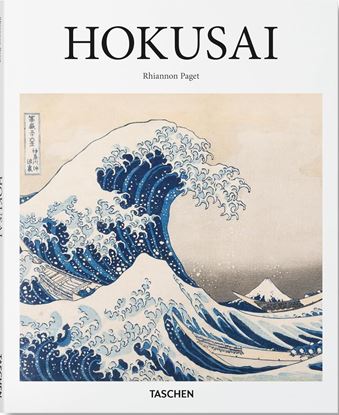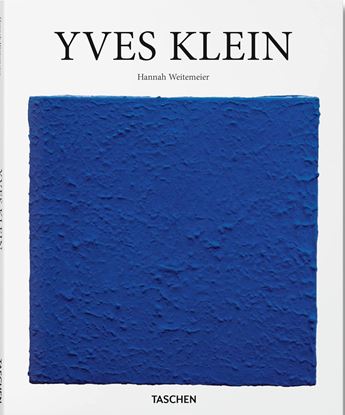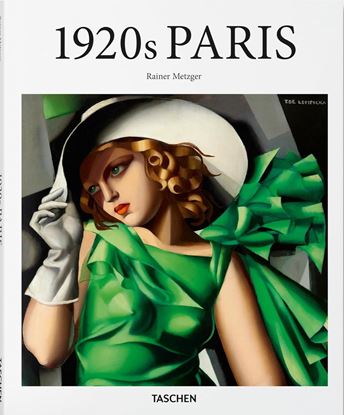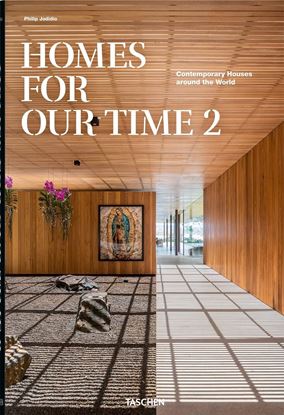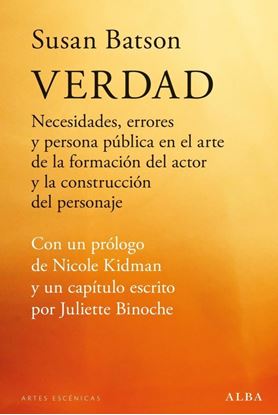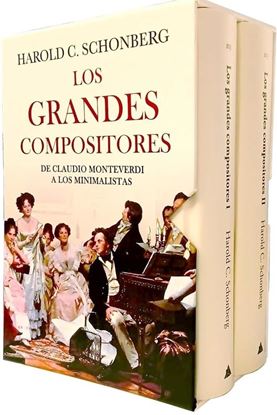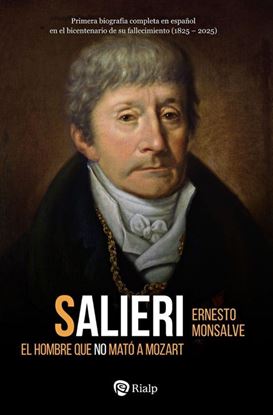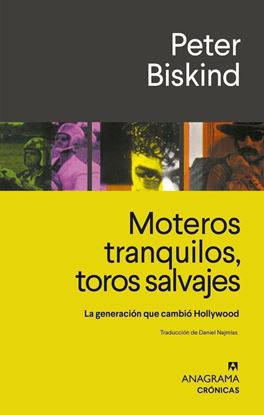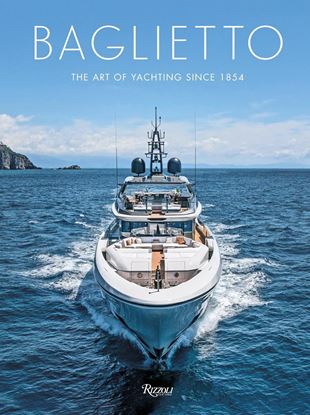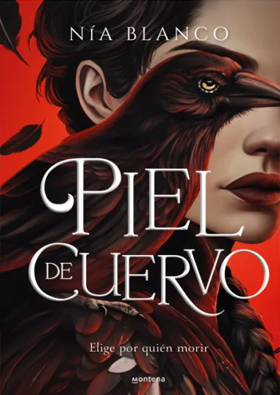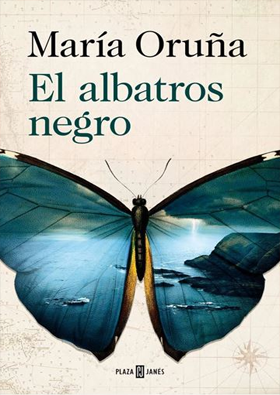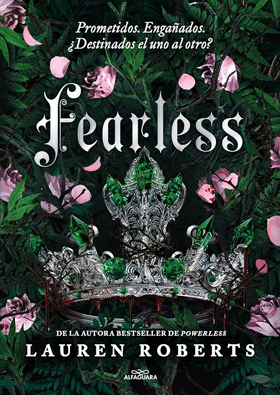

HOKUSAI (BASIC ART) (ES)
Meet the artist whose majestic breaking wave sent ripples across the world. Hokusai (1760–1849) is not only one of the giants of Japanese art and a legend of the Edo period, but also significantly influenced Western modernism, whose prolific gamut of prints, illustrations, paintings, and beyond forms one of the most comprehensive oeuvres of ukiyo-e art and a benchmark of japonisme. His influence spread through Impressionism, Art Nouveau, and beyond, enrapturing the likes of Claude Monet, Berthe Morisot, Edgar Degas, Mary Cassatt, and Vincent van Gogh.
1,350
JACQUES DEVAULX. NAUTICAL WORKS (XL)
In the mid-1950s, Yves Klein (1928–1962) declared that “a new world calls for a new man.” With his idiosyncratic style and huge charisma, this bold artist would go on to pursue a brief but bountiful career, producing more than 1,000 paintings over seven years in an oeuvre now considered a mainstay of postwar modernism.Klein made his name above all with his large monochrome canvases in his own patented hue of blue. International Klein Blue (IKB), composed of pure pigment and binding medium, is at once rich and luminous, evocative and decorative, and was conceived by Klein as a means of evoking the immateriality and infinitude of the world. The works of this “Blue Revolution” seem to draw us into another dimension, as if hypnotized by a perfect summer sky. Klein was also renowned for his deployment of “living brushes,” in which naked women, daubed in International Klein Blue, would make imprints of their bodies on large sheets of paper.
5,995
PARIS 1920S (BA) (GB)
Paris is the City of Light in all its facets. In the 1920s La Ville des lumières gleams especially bright and becomes a magnet for creative people from around the world. This is the decade of Coco Chanel and Josephine Baker, Art Deco and Surrealism, café culture and cabaret. The most famous artists of the epoch, later called Classic Modernism, are in close contact and have lively exchanges with one another – including Marcel Duchamp, Francis Picabia, Pablo Picasso, René Clair, Sonia Delaunay, André Breton, Paul Éluard, Max Ernst and Salvador Dalí. The creative life and all its excesses flourish bohème is the word for this way of living. Composers like Igor Stravinsky, writers like James Joyce or Ernest Hemingway and exiles from Eastern Europe like Constantin Brancusi or Marc Chagall enrich the illustrious scene on Montparnasse.
1,350
HOMES FOR OUR TIME VOL.2 (XX) (INT)
In Sri Lanka, Palinda Kannangara created the Frame Holiday Structure on a budget of $ 40,000. Built from steel scaffolding, exposed brick, and wood floors, the house can be easily disassembled and moved, adapting to the reality of the nearby floodplain. Luciano Lerner Basso’s Fortunata House in Brazil accommodates the surrounding nature: it was built around a tree of an endangered species and sits upon stilts so as not to disturb the forest floor. Miller Hull’s Loom House near Seattle has been called “the world’s most environmentally ambitious home renovation” because of its reliance on recycled materials and its efficient energy use.
4,995
KIRSTEN FLAGSTAFF. LA VOZ DEL SIGLO
Los críticos musicales de la época describieron la voz de la soprano noruega Kirsten Flagstad como la luz del sol que incide sobre la cúspide de una montaña coronada por un glaciar. Jessye Norman la asemejó al oro líquido sobre terciopelo negro, mientras que Elisabeth Schwarzkopf percibió que tenía la dimensión de una madre cósmica que abraza el universo.
1,995
VERDAD. NECESIDADES, ERRORES Y PERSONA
Todos actores y personajes así como las personas en general tenemos una persona pública con la que nos presentamos ante los demás, una necesidad insatisfecha encubierta bajo esa máscara y cometemos un error trágico cuando reaccionamos ante un choque entre lo queremos que se piense de nosotros y lo que realmente somos. Sobre estos tres elementos clave Susan Batson ha desarrollado un proceso de técnica actoral que han seguido estrellas de la talla de Nicole Kidman, Tom Cruise, Bradley Cooper o Juliette Binoche. En Verdad, un clásico desde su publicación en 2007, expone didácticamente ante un círculo de alumnos imaginarios (pero en los que no cuesta reconocer actitudes y personalidades frecuentes en el mundo de la interpretación), los múltiples recursos que un actor o actriz debe explorar y aprovechar «para que un personaje esté vivo».
1,300
LOS GRANDES COMPOSITORES
Los grandes compositores permite adentrarse en el sugerente mundo de la música clásica a través del camino que marcaron sus grandes protagonistas. El célebre Harold C. Schonberg, director de crítica musical del New York Times desde 1960 hasta 1980 y primer crítico musical en recibir el Premio Pulitzer por su trabajo, nos ofrece una narración de las apasionantes y extraordinarias vidas de los grandes compositores, y nos brinda la posibilidad de conocer no solo todo aquello que siempre quisimos saber sobre la música clásica, sino también los secretos de sus principales creadores, desde Monteverdi hasta finales del siglo xx, pasando por Bach, Händel, Gluck, Haydn, Mozart, Beethoven, Schubert, Schumann, Chopin, Liszt, Brahms, Rossini, Verdi, Bizet, Wagner, Debussy, los Strauss, Puccini, Falla, Albéniz, Granados, Stravinski, Schoenberg o John Cage, entre otros muchos grandes maestros.
5,800
SALIERI. EL HOMBRE QUE NO MATO A MOZART
Cuando falleció Mozart, su cortejo fúnebre fue seguido por los varones de la familia y por un único músico: Antonio Salieri. Pocos días después, se origina un rumor por toda la ciudad: el compositor italiano habría asesinado a Mozart por celos.
1,995
MOTEROS TRANQUILOS, TOROS SALVAJES
Basado en cientos de entrevistas con los propios directores, pero también con productores, estrellas, agentes, guionistas, ejecutivos de los estudios, esposas y ex esposas, el libro de Peter Biskind narra día a día la epopeya de los jóvenes lobos de Hollywood, la génesis de sus películas y sus luchas contra el establishment.
Moteros tranquilos, toros salvajes es la espléndida crónica de ese viaje alucinante que fue Hollywood en los años setenta, la historia apasionante y verídica de la última gran edad de oro del cine americano, una exaltada celebración de la creatividad y la experimentación, pero también del sexo, las drogas y el rock and roll.
1,700
BAGLIETTO THE ART OF YACHTING SINCE 1854
Where does craftsmanship end and art begin? What makes something a product, a brand impervious to time and fashions? These are the questions posed while strolling between the past and the present of Baglietto, the Italian shipyard that has been building world-class yachts for 170 years.
Success is not built in an instant. Being good, looking to the future, imposing a style that lasts over time is the gamble every entrepreneur takes. There are not many who succeed, which is why those who reach the age of 170 deserve to be studied, as well as celebrated. Baglietto is now a kind of great international club, access to which serves the right mix of passion for the sea, refined taste for boats that is never over-the-top but rather soberly chic, and, of course, the right spending capacity for objects that cost.
4,995

